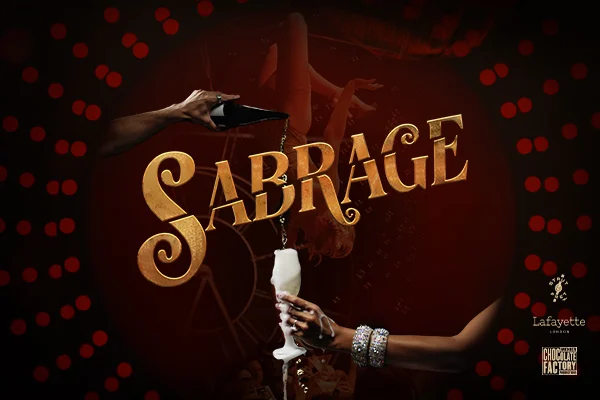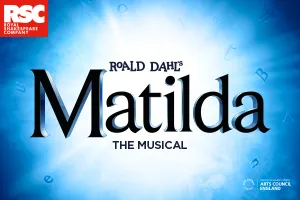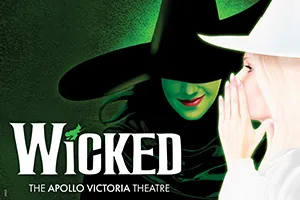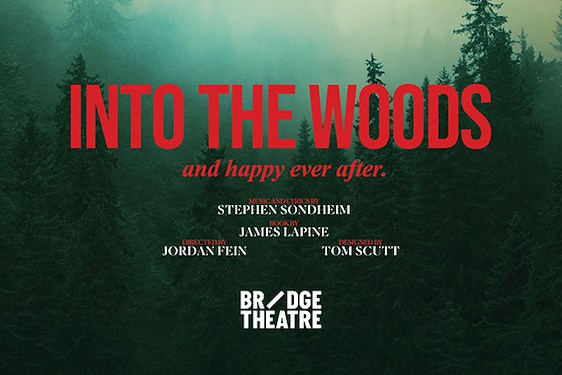Powerful psychodrama elevates Scottish Ballet’s
daring, inventive choreography
Based on Kenneth MacMillan’s 1978 choreography adapted by Christopher Hampson and Garry Harris, the three acts have been cut down to two, focusing on the unfolding mental illness, morphine-addicted and possibly syphilitic Rudoph’s obsession with death. His emotionally-deprived relationship with his mother Empress Elizabeth (Aisling Brangan) is economically evoked when Rudolph (Evan Loudon) places his hand on her arm, and she merely looks down on it coldly, explaining much of his dysfunctional relationships with his various mistresses, the loneliness and self-destruction to come.
But it is the relationship with the two main women in his life, his bride, Princess Stephanie (Constance Devernay) and the young lover, Mary Vetsera (Sophie Martin) where the action comes alive with extraordinary, original, intense, and at times scary choreography. In particular, on Rudoph’s wedding night Loudon throws his bride into the air, then drops her in a spin, caught at the last minute only for her legs to shoot out before being thrown about like a rag doll again. It is jaw-dropping technical skill and prowess for both dancers - Loudon’s necessary strength and Devernay’s trust in letting her usual balletic control be at his mercy, at the same time as preserving some classical lines. But above all, the violence suggests rape.
By contrast the duets between Loudon and his lover Mary Vetsera, danced by Sophie Martin, are less scary but equally distinctive as Martin clings to him and seems to slide down his body emphasising her utter dependency on him, her teenage hero-worship and all-consuming absorption in him.
Throughout Loudon’s athleticism and stamina are amazing, and no less is his emotional expressivity as the rigid grimaces of his face and despairing, contorted body become more and more anguished. A tour de force both physically and emotionally.
The period costumes by Elin Steele are well-researched but her minimalist set design is most memorable with Its sumptuous colours of reds and browns echoing the drama. The music by Liszt, with its dark texture, sweeping strings, much brass and drums also creates an increasingly alarming mood, superbly played by the Scottish Ballet Orchestra conducted by Jean-Claude Picard.
Apart from the exceptional psychodramatic scenes, the rest of the choreography involves court scenes of waltzing with lovely swaying skirts and peasants performing traditional dances which help vary the mood. A pity that the choreography of the Hungarian Nationalists which could have offered so much potential, is so lacklustre but the brothel scenes are no doubt crowd-pleasers, including posturing poses, strangely anachronistic, reminiscent of Cabaret, but never mind.
What will stay in the mind will be the depth of this study of an emotionally deprived, mentally-unbalanced, drug-fuelled, self-destructive and murderous, but ultimately lonely and profoundly sad prince. The stunning psychodramatic scenes and their daring, inventive choreography will, in this critic’s opinion, be recognized as one of the most brilliant and powerful pieces ever created by Scottish Ballet.


















